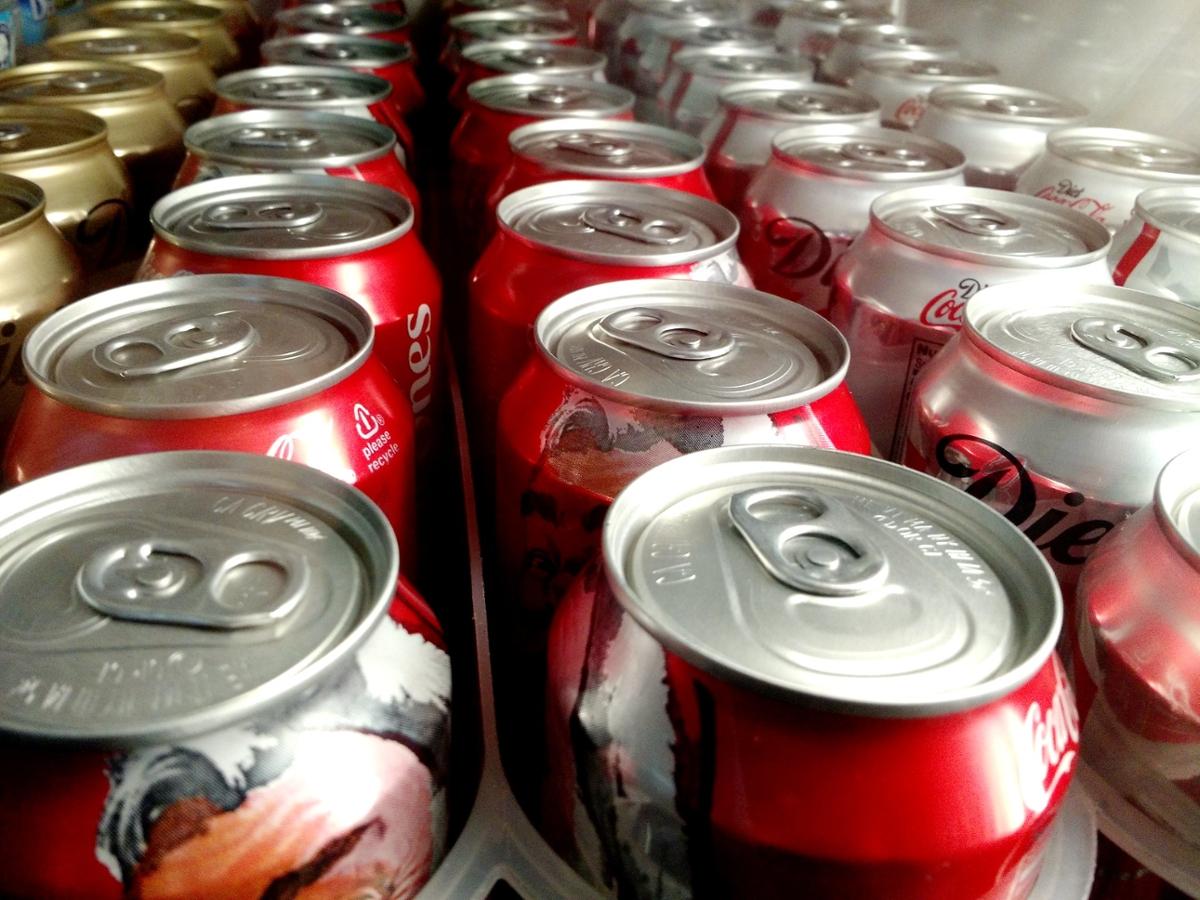Y: Ugh! When I opened my can of soda the fizz spilled over the top.
D: Yaël, before you open your soda can, you should tap it against something first and it won’t overflow.
Y: Don, this is a science program, and that’s nothing but an old wives’ tale. Any chemist will tell you that a can of soda fizzes because when you open it, the pressure inside the can drops from three times atmospheric pressure to normal atmospheric pressure. The ability of carbon dioxide gas to dissolve in water decreases when the pressure decreases. The gas comes out of solution and forms bubbles that rise to the top and can sometimes cause the can to fizz over.
D: Yes, Yaël, all that’s true, but according to a chemist at Trent University in Canada, tapping your soda can really does work to keep it from fizzing over. This is because before you open the can, there are microscopic bubbles already clinging to its walls. When you open the can and the pressure suddenly drops, these tiny bubbles become the nuclei for the formation of larger ones. If you don’t tap the can, the microscopic bubbles are spread all over its inner walls, including its deepest parts. When they enlarge, they displace lots of liquid and cause the fizz to spill out of the can.
Y: Now, I think I see. Tapping dislodges the tiny bubbles from the walls of the can, and causes them to rise to the top. Then, when the can is opened, all the fizz will be formed near the top and less fluid will be displaced. You were right, after all.










